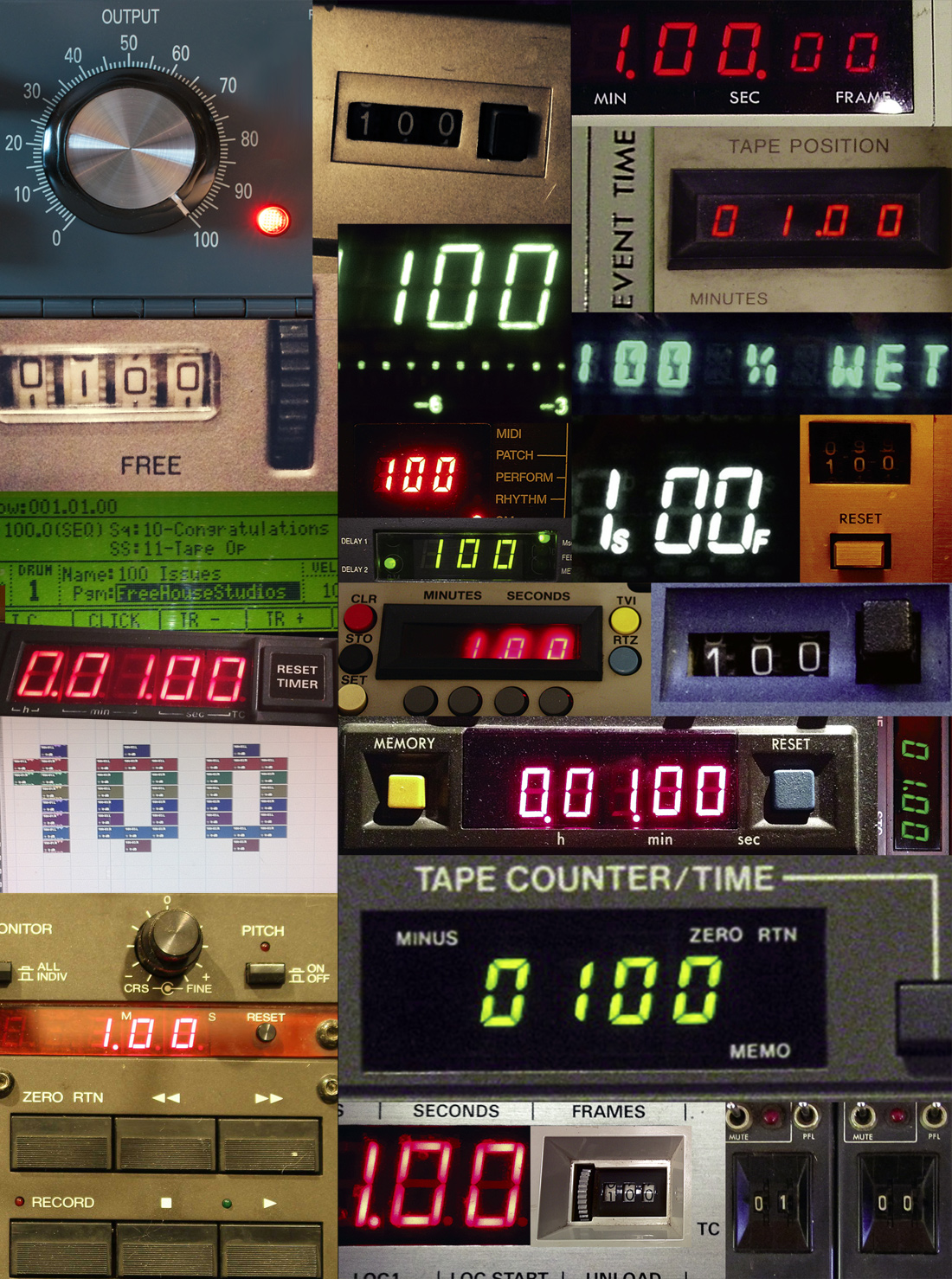So there are two companies called API? Sort of. The original API, or Automated Processes, Inc., started manufacturing modular mixing consoles in 1969 and moved on to develop the 2520 op-amp, conductive plastic faders, fader automation, VCAs, tape synchronizers, and microprocessor controls. API consoles shaped the American sound of rock & roll beginning in the early 1970s and continue to be a studio standard today. The other API, Classic Audio Products of Illinois (Classic API), is a business that grew out of owner Jeff Steiger's DIY interest in restoring his own '70s-era API console. Jeff sourced, created, or commissioned parts to refurbish his console, and along the way, became an expert in all things API, including all the flavors of amplifiers, EQs, preamps, and all the associated API-style components. Today, Classic API produces and supplies components, kits, and full modules for API- style preamps, EQs, 500-series racks, and more. Jeff's newest product is the Heider FD312 preamp.
Cueing up a little more history... Wally Heider was a recording engineer who studied under Bill Putnam at United Recorders in Los Angeles and started his own recording business in the late 1960s. Heider built and ran studios in Los Angeles (Studio 3) and San Francisco (Wally Heider's Studio) from 1969 until 1980. At these studios, many notable works were recorded by artists such as Crosby, Stills, Nash & Young; The Grateful Dead; Creedence Clearwater Revival; Steve Miller; Fleetwood Mac; and many more. The console in famed Wally Heider Studio 4 was a custom desk designed in 1972 by a tech named Frank DeMedio. DeMedio based this console on the API 312 preamp card, but made some important modifications, including replacing the input transformer and removing decoupling capacitors. These changes created an API-based console with a unique sounding midrange and a smooth top end. This console can be heard on records such as Fleetwood Mac's Rumours and The Foo Fighters 1995 eponymous release.
Classic API recently set out to recreate the sound of that Heider/DeMedio console as a 500-series preamp module. DeMedio's original audio transformers were designed and built by Ed Reichenbach. Ed's son's company, CineMag, currently makes a faithful reproduction of this 1972 Reichenbach transformer. The original API 312 op-amp sound also lives on in the (DIY builder's favorite) Scott Liebers SL-2520 Red Dot op-amp [Tape Op #77]. To recreate the original console sound and signal path, the Heider FD312 employs three CineMag/Reichenbach transformers and two SL-2520 op- amps. Jeff has done a fantastic job of fitting this much circuitry into a single 500-series module. The fit and finish of this module beats the pants off any other 500-series module that I've had my hands on, and almost the entire module is manufactured and assembled in the U.S.
The front panel of the FD312 proudly shows off its API heritage, with API-styled knobs, meters, and buttons. The top knob controls preamp gain, ranging from +22 dB to +60 dB for mic input, and -14 dB to +24 dB for line. Unity gain for line input is clearly marked. In the middle of the module are colored buttons to select polarity, mic/line input, 16 dB pad, 48V phantom power, and high impedance. Notably, the input of the mic preamp normally presents 167 Ω, but it bumps up to 300 Ω with high impedance selected, and 765 Ω with the pad selected. The line-level input selector further bumps the input impedance to 9 kΩ. The lowest input impedance matches very well with dynamic mics, especially the Shure SM57, while the higher settings produce noticeable tonal variations for most mics and even line-level sources. The bottom knob is the channel output fader, which provides an additional -16 dB to +12 dB of output gain. Overall, the preamp provides a maximum gain of 72 dB, while allowing the user to play the input gain against the output fader for different types of preamp drive. A 12-segment LED ladder displays the output level from -22 to +16 dB (referenced to +4 dBu nominal level).
My favorite use of the FD312 was strapping a pair across my mix bus with the preamps in line input mode and high impedance selected. This setup gave me unity gain or as much drive as I could want, and it imparted a thickness and smooth top end that sounded as big as an API console mix bus, but with a bit smoother top end. I found this extremely useful on an a capella project I was mixing. Lead vocals and guitars benefitted greatly from running through the FD312. The input and output knobs are stepped for easy resetting, but still allow enough variation that I never felt hampered by the gain choices. As a mic preamp, the FD312 provides a more solid low end than even the API 1608 console [Tape Op #81] that I regularly work on, while upper mids and high end come through clearly and without any harshness or graininess. Snare sounds punchy and full. Kick drums sound solid and beefy. And vocals sound large and present, but not bright. Guitar amps come through sounding harmonically rich. And stereo imaging may even be slightly enhanced by the transformer's inherent low-mid presence.
Many 500-series preamp modules come close to emulating their console counterpart, but the Heider FD312, with its array of transformers and amplifiers, successfully creates a true console sound and signal path. Both as a mic preamp and line amp for summing boxes, or for simply "warming up" a bus or single source, the FD312 provides the familiar console sound that made vintage API desks famous. If you're curious, a simple web search will lead to some well-produced audio samples of the preamp. The FD312 is only available through Classic API partner Rack-N-Roll Audio for $750, which is a fantastic price for a module of this sonic and build quality.
($750; www.racknrollaudio.com; www.classicapi.com)




_disp_horizontal_bw.jpg)